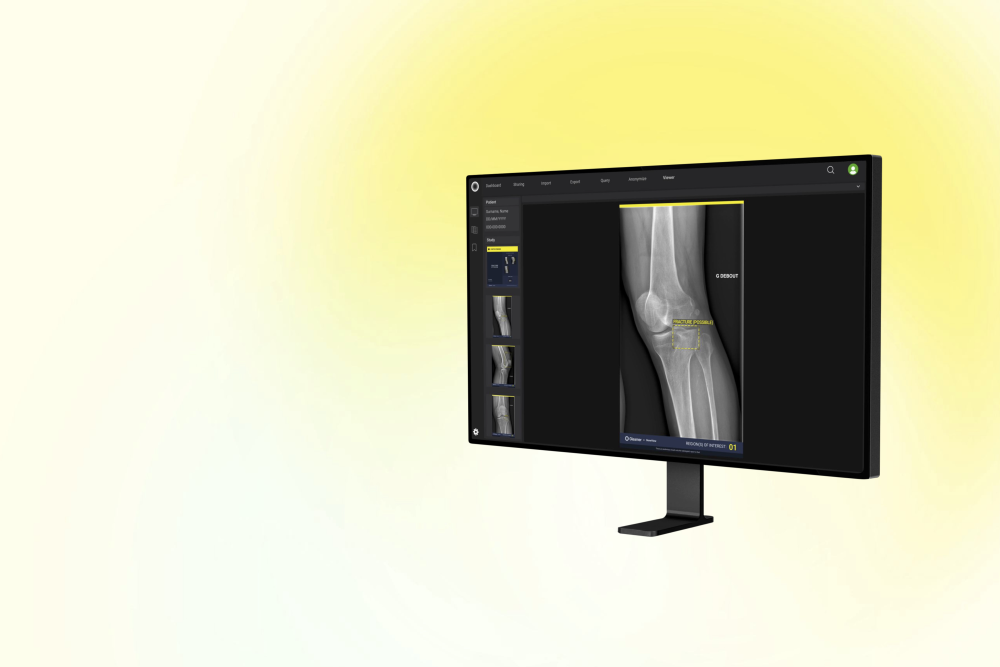Implementing Artificial Intelligence for Emergency Radiology Impacts Physicians' Knowledge and Perception. A Prospective Pre- and Post-Analysis
Purpose
The aim of this study was to evaluate the impact of implementing an artificial intelligence (AI) solution for emergency radiology into clinical routine on physicians' perception and knowledge.
Materials and Methods
A prospective interventional survey was performed pre-implementation and 3 months post-implementation of an AI algorithm for fracture detection on radiographs in late 2022. Radiologists and traumatologists were asked about their knowledge and perception of AI on a 7-point Likert scale (−3, “strongly disagree”; +3, “strongly agree”). Self-generated identification codes allowed matching the same individuals pre-intervention and post-intervention, and using Wilcoxon signed rank test for paired data.
Results
A total of 47/71 matched participants completed both surveys (66% follow-up rate) and were eligible for analysis (34 radiologists [72%], 13 traumatologists [28%], 15 women [32%]; mean age, 34.8 ± 7.8 years). Postintervention, there was an increase that AI “reduced missed findings” (1.28 [pre] vs 1.94 [post], P = 0.003) and made readers “safer” (1.21 vs 1.64, P = 0.048), but not “faster” (0.98 vs 1.21, P = 0.261). There was a rising disagreement that AI could “replace the radiological report” (−2.04 vs −2.34, P = 0.038), as well as an increase in self-reported knowledge about “clinical AI,” its “chances,” and its “risks” (0.40 vs 1.00, 1.21 vs 1.70, and 0.96 vs 1.34; all P's ≤ 0.028). Radiologists used AI results more frequently than traumatologists (P < 0.001) and rated benefits higher (all P's ≤ 0.038), whereas senior physicians were less likely to use AI or endorse its benefits (negative correlation with age, −0.35 to 0.30; all P's ≤ 0.046).
Conclusions
Implementing AI for emergency radiology into clinical routine has an educative aspect and underlines the concept of AI as a “second reader,” to support and not replace physicians.



